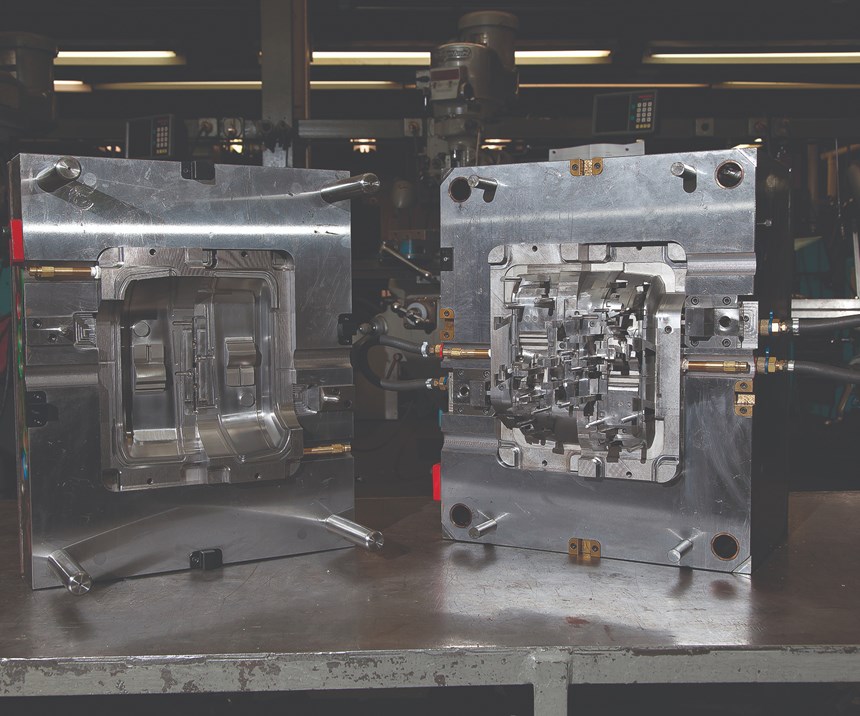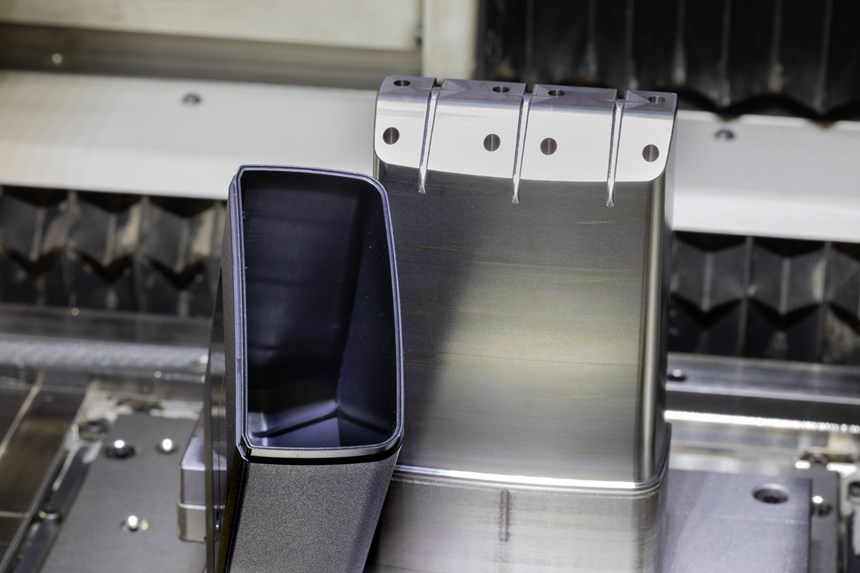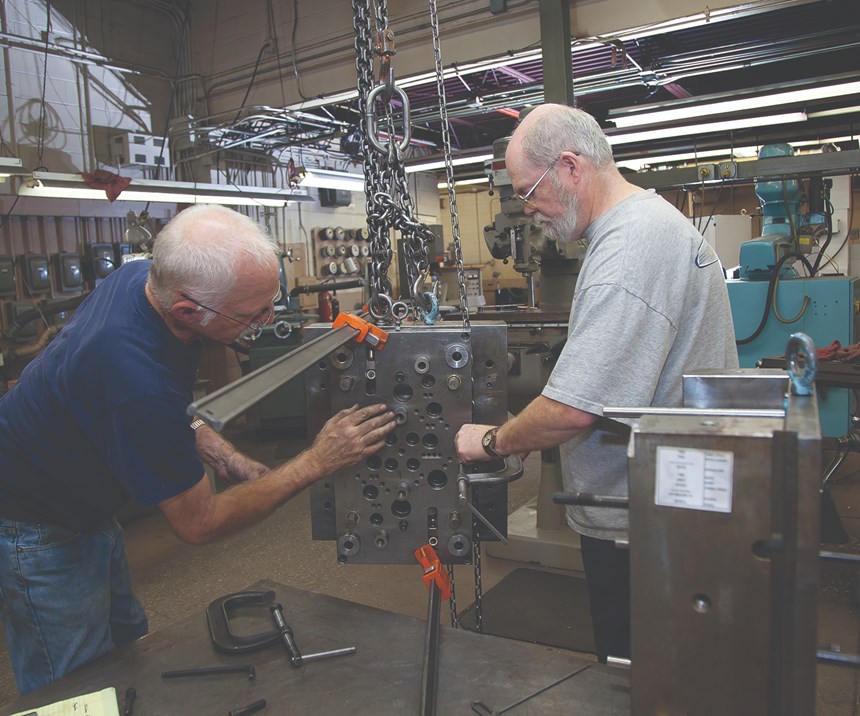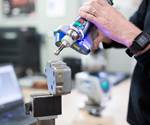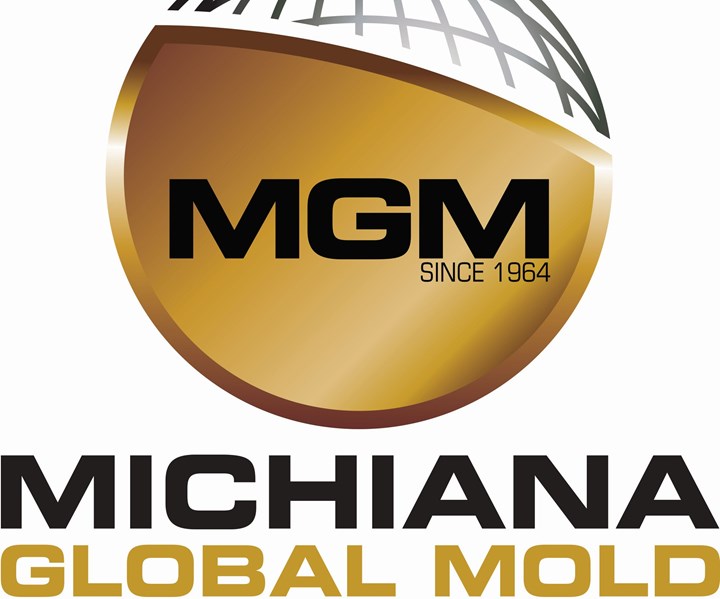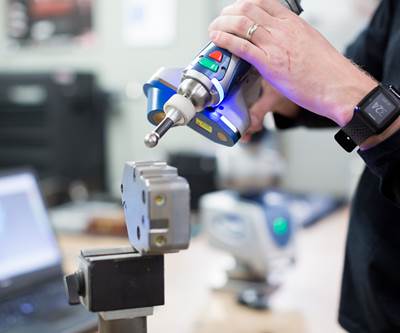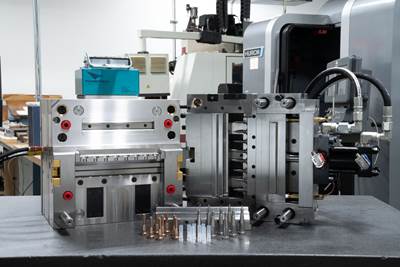Cross-Functional Team Key to Customer Service, Complexity and China Partnership
Michiana Global Mold uses a cross-functional team of journeymen moldmakers and engineers to improve customer communication, service, and quality.
Share
Read Next
Who is Michiana Global Mold?
Kelly Kasner, Director of Business Development: Since 1964, Michiana Global Mold (MGM) has been a designer and builder of plastic and rubber injection molds for the automotive, medical, industrial and consumer products markets. We specialize in parts with Class A finishes, high complexity and multiple materials.
Our cross-functional design and engineering team works in collaboration with our certified journeyman moldmakers to build tight-tolerance, single to high-cavitation molds with hot/cold runners, collapsible cores, inserts and over-molding, as well as shuttle, stack, unscrewing, two-shot and rotational molds. MGM is an ISO:9001-certified, AMBA and NTMA member.
How does MGM produce production-ready parts the first time?
Kasner: MGM’s up-front investment in effective communication with the customer, a thorough understanding of the part and molding process, and adherence to mold standards and quality systems for more than 50 years makes delivery of production-ready parts the first time possible. Our cross-functional teams, which include program managers, production managers, designers and leadmen, who are all journeymen moldmakers, partner with the customer and use a design-for-manufacturing approach to design and build a quality tool to mold each specific part. We use the latest in software and equipment (Unigraphics 3D software and both manual and high-speed machines).
Why is it important that all of MGM’s mold designers originate as journeymen moldmakers?
Kasner: Our mold designers typically have an associate degree in tool and manufacturing technology or plastics engineering technology with five to eight years of experience in the field. They are also expected to be strong in problem-solving, operation monitoring, CAD/CAM and moldmaking equipment, and possess a mathematical aptitude and critical thinking skills. These qualities allow our in-house designers to easily collaborate with our program engineers and mold builders to develop tooling and systems to optimize production, efficiency and reduce downstream manual processes.
Can you define the high level of expertise that is needed to take on complex molds?
Kasner: Our team comprises experts who can address complicated injection options, cooling issues, water lines and gate placement because MGM is well-known in the industry for designing and building ‘non-standard’ molds (not the standard ‘open-and-shut’). Our niche in the marketplace is building complex injection molds with more moving features, tighter tolerances, multiple and buried cams, hydraulics, split parting lines and delayed/multiple ejections. The majority of our moldmakers and engineers have decades of experience, and our corporate culture offers continuous professional and technical development.
Describe your Chinese partnership? How did you find and develop this partnership, and why? How has this partnership benefited Michiana?
Kasner: MGM is considered a pioneer in China with partnerships spawning over a decade. In 2008, our management team recognized the increased global competition in China and their presence in the U.S. market. Although we recognized the disparity of quality standards, the origin of component issues and a sub-standard workforce training culture, we also discovered companies in China that were motivated to adopt an Americanized culture and related quality standards.
Over several years, our team commenced a process of working with nearly one-hundred shops in China before it found the right company with which to partner. This partnership has driven continued success stories at MGM as we can maximize cost savings using the Chinese labor market while delivering U.S. quality standards in mold design and build.
We use only North American or German steels and components in our Chinese mold builds. All tools include mold-flow analysis and on-premises sampling. Our molds built in China are fully backed and managed by our U.S. team. MGM needs to offer this option when partnering with companies to meet their tooling needs with maximum cost savings without compromising quality, in addition to local service and local support once their tool reaches the U.S.
Can you share any tips or lessons learned for developing and working with a Chinese partner? What is the key ingredient in this partnership?
Kasner: The key is to invest in your Chinese partnership as much as you would in your home team. Take time to form a trusting relationship, invest in the management and workforce talent, and use technology to increase capacity and capabilities. Although a mutually beneficial partnership also includes respect of both U.S. and Chinese heritages, take the time to invest in incorporating an American craftsmanship culture.
The key ingredient is communication. An in-house engineer dedicated to managing our global programs, who is engaged with our customer and our China team in effective and continuous communication, is critical to the success of our mold build programs.
How do you achieve effective and close communication with customers?
Kasner: Communication experiences are an integral part of MGM’s success strategy in developing relationships, not just making sales. Our repeat and loyal customers learn to expect intimate communication, which involves part and design meetings, phone calls, site visits, progress reports, shared files, material certifications, post-delivery support and service. Each team member is responsible for customer service, cultivation, discovery and awareness. MGM opened in 1964 as a family business focused on quality craftsmanship, innovation and customer service, and that family culture still exists today.
Related Content
MMT Chats: Solving Schedule and Capacity Challenges With ERP
For this MMT Chat, my guests hail from Omega Tool of Menomonee Falls, Wisconsin, who share their journey with using enterprise resource planning (ERP)—and their people—to solve their schedule and capacity load monitoring challenges.
Read MoreHow to Improve Your Current Efficiency Rate
An alternative approach to taking on more EDM-intensive work when technology and personnel investment is not an option.
Read MoreMaking Mentoring Work | MMT Chat Part 2
Three of the TK Mold and Engineering team in Romeo, Michigan join me for Part 2 of this MMT Chat on mentorship by sharing how the AMBA’s Meet a Mentor Program works, lessons learned (and applied) and the way your shop can join this effort.
Read MoreMaking Quick and Easy Kaizen Work for Your Shop
Within each person is unlimited creative potential to improve shop operations.
Read MoreRead Next
A 'Quality Without Compromise' Mindset and A Diverse Customer Base Gives Delta Mold More Peaks Than Valleys in Business
Quality-driven processes and focus on diversity in the markets served are key to Delta Mold’s continued success.
Read MoreExperience, Knowledge Base, and Creativity Give Tri-Par An Edge in Molds for High-Flow Material Parts
Expertise in building molds for parts made from highly-engineered materials and automation for molding gives Tri-Par Die and Mold Corp. key mechanisms for growth.
Read MoreHow to Use Strategic Planning Tools, Data to Manage the Human Side of Business
Q&A with Marion Wells, MMT EAB member and founder of Human Asset Management.
Read More


